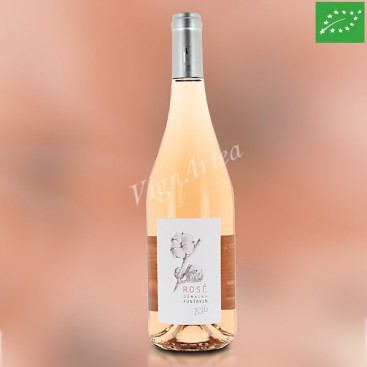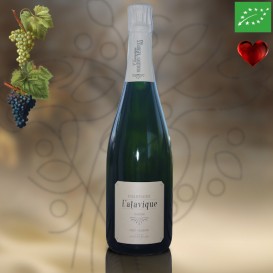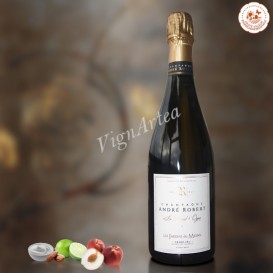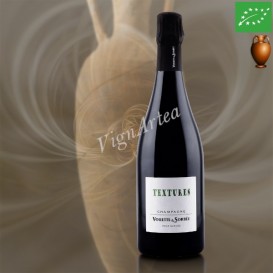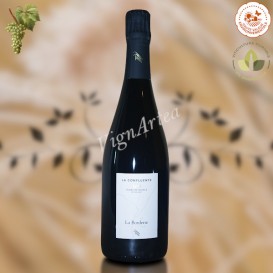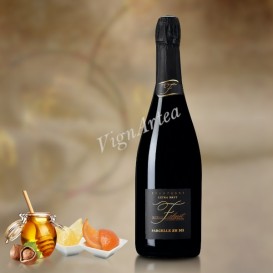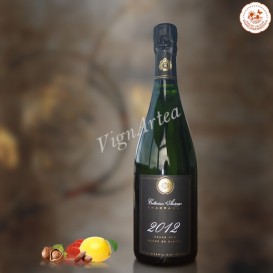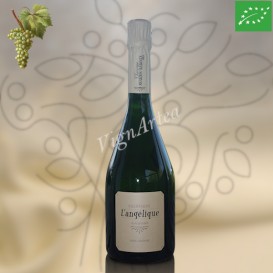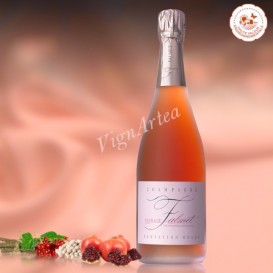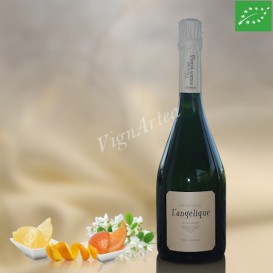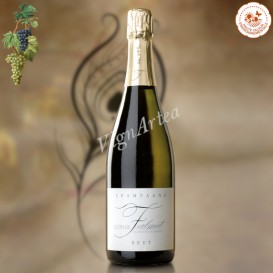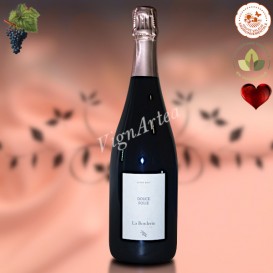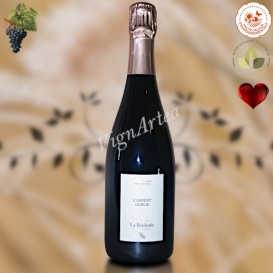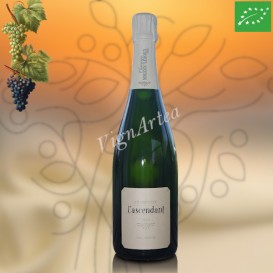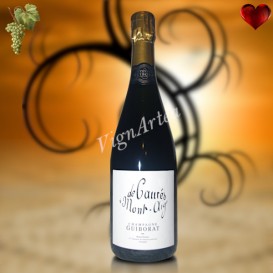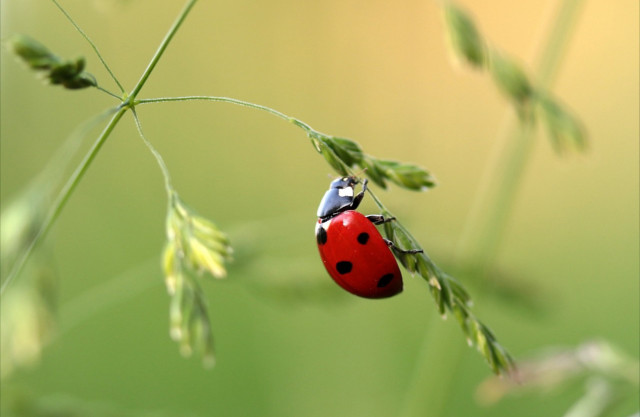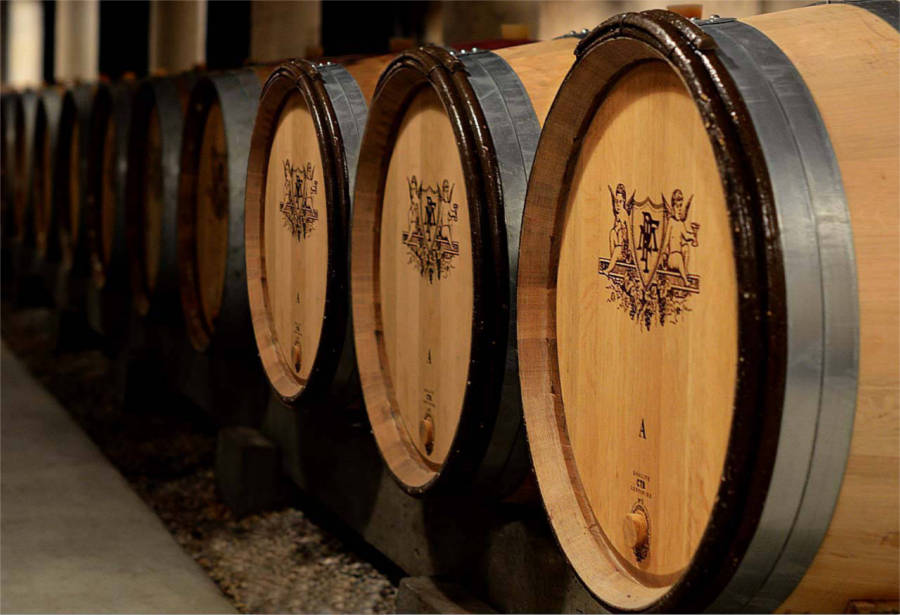FLEUR DE COTON 2021 (Domaine Fontavin)
RHÔNE - AOP CÔTES-DU-RHÔNE - ROSÉ WINE
Grape varieties: Grenache noir (70%) - Cinsault (25%) - Syrah (5%)
Native yeasts
- Nose: fragrant and intense. Notes of sweet spices and red fruits with a touch of peony.
- Palate: fluid, fresh, tasty and perfumed.
- Tasting date: March 2023.
- OUR OPINION: a good little fresh and delicately spiced rosé, very thirst-quenching!
TERROIR
The soils and subsoils of Châteauneuf-du-Pape are complex and we can find there various deposits, in terms of their origin, age and nature. The fundamental substratum of the massif is represented by sands and sandstones deposited by the sea during the Miocene, at the time of the helvetian (-16 to -11 My). They are more particularly exposed on the edges of the massif, in the north on Orange and Courthézon, and in the south between Bédarrides and the village of Châteauneuf. These soils are covered with rolled pebbles from the upper plateaus.
In the Pliocene (-5 to -2 My), a new sea coming from the south fills the valley and the hill of Châteauneuf becomes an island. When the sea withdraws, it deposits vast layers of rolled pebbles, made of alpine quartzite pebbles mixed with a red clay matrix. We find them towards Cabrières, Mont-Redon, Farguerol, La Crau or Les Bois Sénéchaux.
At the end of a new glacial episode that took place between 370,000 and 13,000 years ago, the Rhône deposited another level of terrace, called the Riss terrace, lower down towards Sorgues. These soils have the same qualities as the high terrace but they are sensitive to drought because they rest on a thick filtering gravel.
The vines of FLEUR DE COTON are planted on a soil of sand and sandstone deposited by the sea in the Miocene epoch (-16 to -11 My). They are covered with colluvium rich in quartzite pebbles from more recent fluvial deposits.
WINEGROWING & WINEMAKING
The cuvée FLEUR DE COTON is a rosé wine made from 55 year old vines.
The vines are cultivated according to the principles of the Organic Agriculture: one row out of two is grassed, and the soil is enriched by adding sheep compost.
The grapes are harvested manually. Part of the must is obtained by direct pressing while the other part is obtained by "saignée", that is to say by taking a small part of the must intended for the production of red wines.
The must is cold settled and fermented at low temperature. Only the alcoholic fermentation takes place, the malolactic fermentation is voluntarily stopped.
The must is racked and filtered by sterile filtration before bottling.
The bottle is made of transparent glass which does not protect the wine from light. It is therefore necessary to keep it away from light.
| Country | Rhône Valley |
| Color | Rosé |
| Orange wines | No |
| Clay amphorae wines | No |
| Type | Dry |
| Vintage | 2021 |
| Capacity | 75 cl |
| Variety | Grenache noir (70%) - Cinsault (25%) - Syrah (5%) |
| Main Grape Variety(ies) | Grenache noir |
| Alcohol rate | 13,5 % |
| Quality Designation | Côtes-du-Rhône |
| Cellar Potential | 5 years |
| Service advise | 10°C. |
| Culture Methods | Certified Organic Agriculture |
| Fining | No |
| Filtering | Yes |
| Comments | Direct pressing & Saignée ♦ Native yeasts ♦ No malolactique fermentation |
| Stopper | Natural cork |

